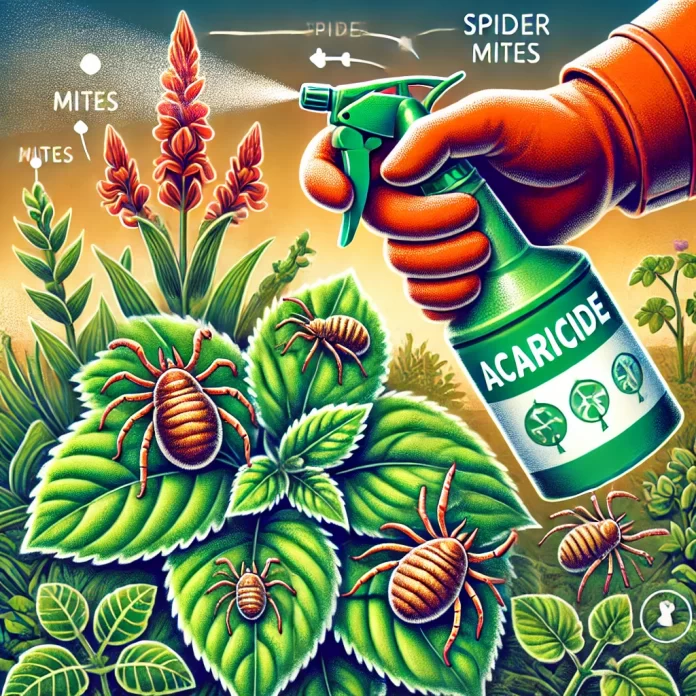An acaricide is a chemical or biological substance used to manage and eliminate mites and ticks, which are small arachnids belonging to the subclass Acari. These pests can cause damage to plants, animals, and humans by feeding on tissues or transmitting diseases. Acaricides are an essential tool in agriculture, horticulture, and veterinary practices to protect crops, ornamental plants, and livestock.
Types of Acaricides
- Contact Acaricides: Kill mites and ticks upon direct exposure to the chemical.
- Systemic Acaricides: Absorbed by the plant or host organism, rendering tissues toxic to mites and ticks when ingested.
- Ovicide Acaricides: Specifically target eggs to prevent hatching and control population growth.
Common Examples
- Sulfur-based formulations: Widely used in organic gardening to control spider mites on plants.
- Synthetic chemicals: Includes active ingredients like abamectin, bifenthrin, and carbaryl.
- Natural alternatives: Plant-based options such as horticultural oils or products derived from pyrethrum (note that neem oil is not legal for use in the UK).
Usage and Considerations
Acaricides should be applied carefully to minimize harm to beneficial organisms like predatory mites, pollinators, and natural predators of pests. Overuse or misuse can lead to resistance in pest populations, making control more challenging.
Tip: When using acaricides, always follow the manufacturer’s instructions and consider integrating them into an overall integrated pest management (IPM) strategy for sustainable results.




